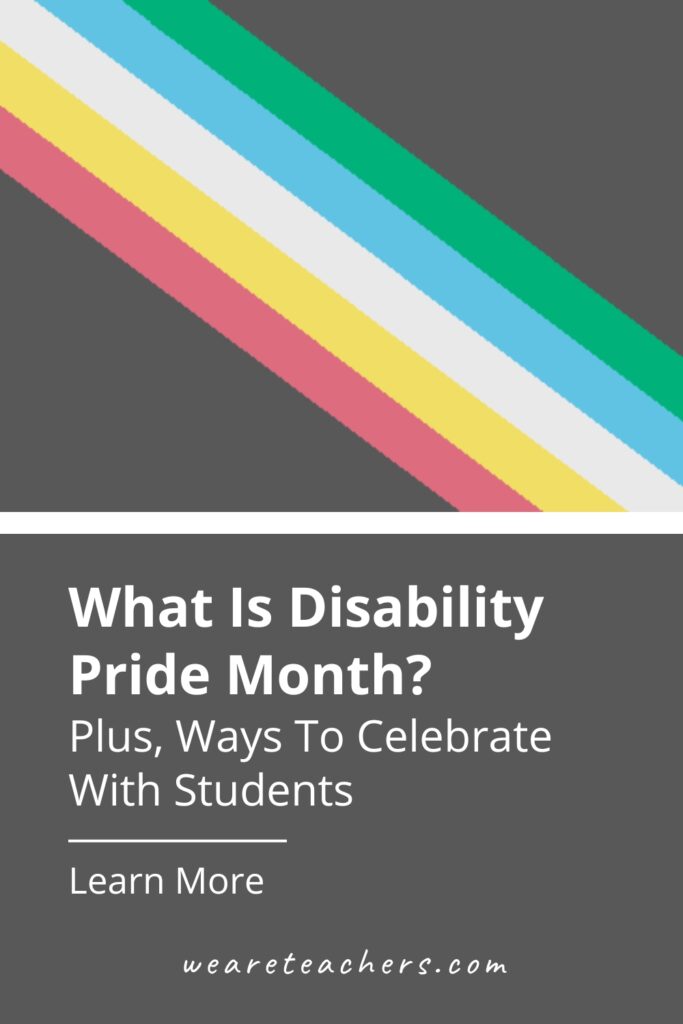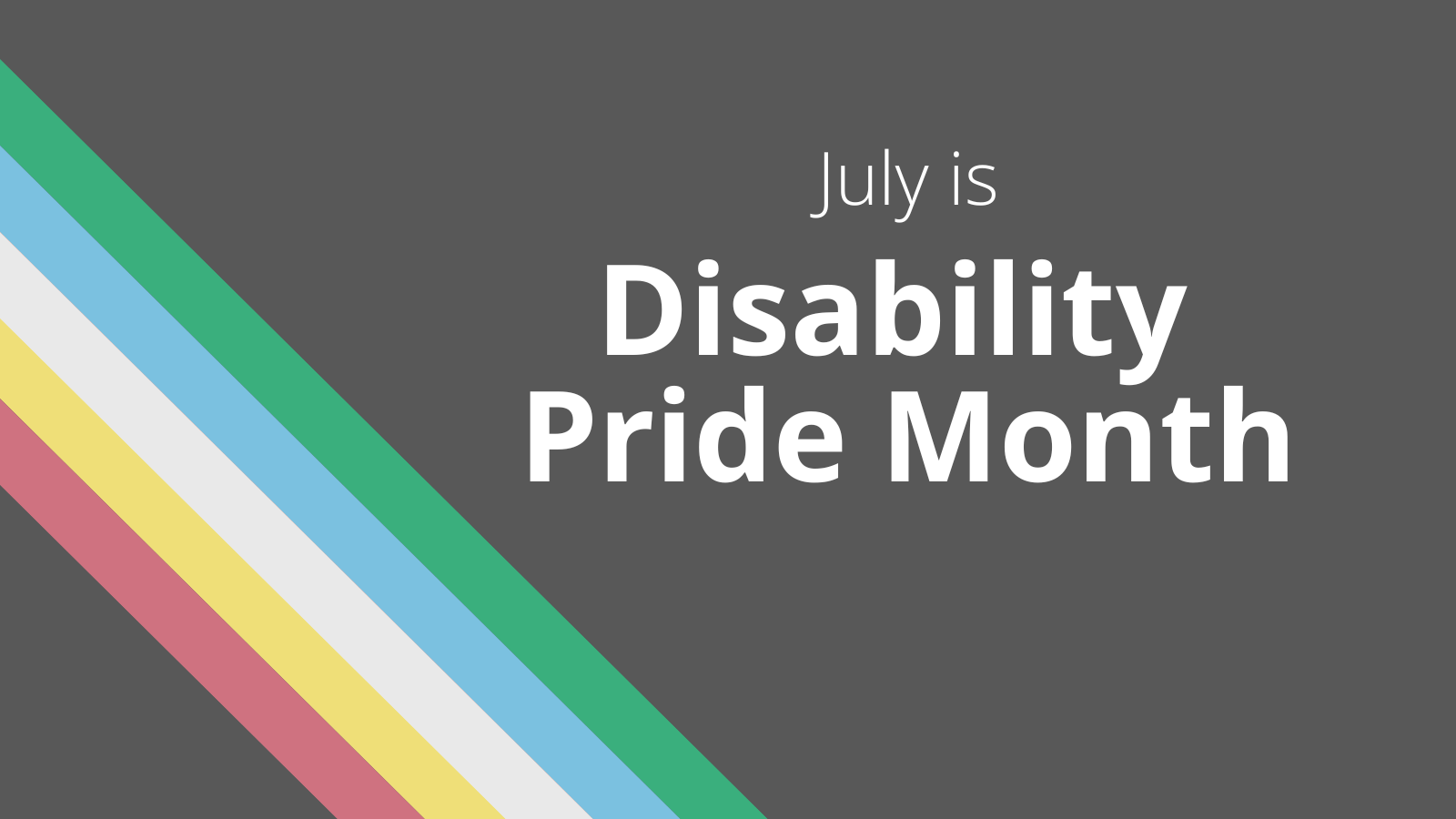Trigger/Content Warning: Neglect, Abuse, Suicide, Eugenics
The summer months are filled with many holidays and celebrations. In June, we celebrate Pride Month and celebrate Juneteenth. In July, we celebrate American Independence Day. And in August, we celebrate the start of the new school year. But did you know that July is also Disability Pride Month?
What is Disability Pride Month?
Disability Pride Month is a global celebration held every July that brings the disability community together to celebrate important parts of our identity and continue to fight against stereotypes and ableism that are still prevalent in society today.
What is the history of Disability Pride Month?
The one-month observation was only established after the Americans with Disabilities Act (ADA) was passed on July 26, 1990. This law guaranteed protection from discrimination for individuals with disabilities in all areas of public life.
Disability Pride Month Flag
Like many other communities and celebrations, Disability Pride Month is represented by its own flag. The original Disability Pride flag was designed by Valencian dancer Eros Recio in 2017. The flag was modified in 2021 by Anne McGill, a woman with a disability, to incorporate feedback from the disability community regarding some of the visual elements.

Each element of the flag represents an important group within the disability community. The diagonal design represents “crossing” the barriers that separate people with disabilities from those without. The colors represent:
Grey/black background: ableism, negligence, abuse, suicide, eugenics, mourning those who have died due to disease Green: sensory disabilities Blue: mental disabilities White: invisible and undiagnosed disabilities Gold: neurodiversity Red: physical disabilities
Why Disability Pride Month is right for your school
In the 2021-2022 school year, 7.3 million students ages 3-21 were identified as having a disability and therefore qualified to receive special education services under IDEA. Our schools serve many students with disabilities who may qualify for 504 support services or who do not qualify for in-school support services but who identify as disabled. Therefore, many of the students in our classrooms may identify as part of the disability community, and providing an environment where they celebrate this part of their identity can be incredibly transformative. For students without disabilities, learning about disability pride helps them understand how individuals can be allies. It also teaches them that disability is not a bad thing, as anyone can join the disability community at any point in their life, whether temporarily or permanently.
How to celebrate Disability Pride Month with your students
Pride helps us accept and celebrate who we are. This is especially important for helping children with disabilities understand that there is nothing wrong with them or their disability, and that there is much success and joy in the disability community. Incorporating disability discussions early on helps children develop a nuanced understanding of disability as a form of diversity and celebrate the true selves of themselves and their peers, including disability and all intersecting identities.
How are you celebrating Disability Pride Month? Let us know in the comments!
If you want to read more articles like this, be sure to subscribe to our newsletter to find out when they are posted.


